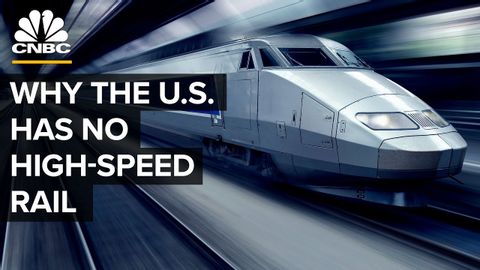为什么美国没有高铁(Why The US Has No High-Speed Rail)
joey joey 發佈於 2021 年 05 月 29 日  沒有此條件下的單字
沒有此條件下的單字US /kəˈmɪtmənt/
・
UK /kə'mɪtmənt/
- n.承諾;承諾,服務承諾;奉獻;投入;義務;責任;財政承諾
US /ˈdɛdɪˌketɪd/
・
UK /'dedɪkeɪtɪd/
- v.t.專用;專心的 ; 專注的;奉獻
- adj.盡心盡力的,專注的;專用的
US /ˈɪnfrəˌstrʌktʃɚ/
・
UK /'ɪnfrəstrʌktʃə(r)/
- n. (u.)基礎設施 ; 基礎結構;組織架構;電腦基礎設施
US /ˈdʒɛnərəl/
・
UK /'dʒenrəl/
- adj.一種常見的做法,整體;籠統的;廣泛適用的;總指揮的
- n. (c.)將軍
- n. (c./u.)大眾;一般研究領域

